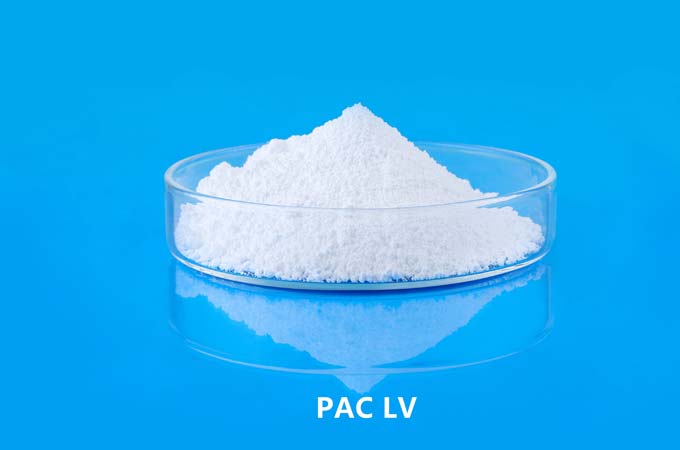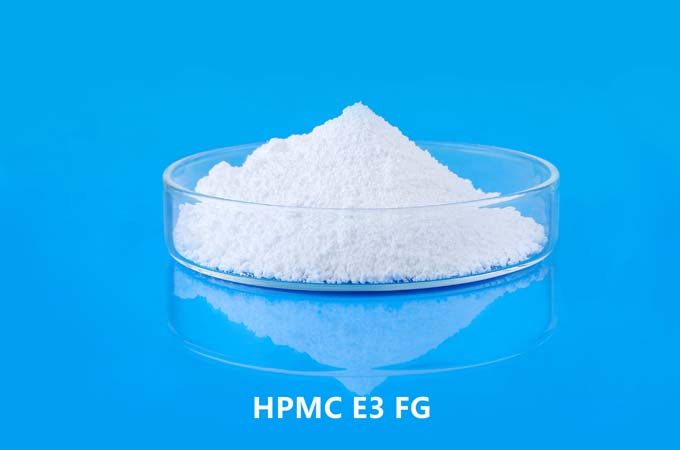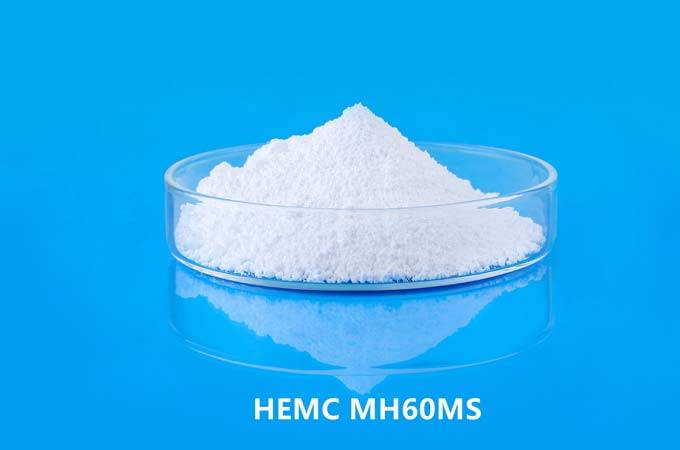Hydroxyethyl Cellulose (HEC) is a non-ionic, water-soluble polymer derived from cellulose, widely used in various industries, including paints, coatings, personal care products, and especially in ink formulations. Its unique properties make it a valuable additive in inks, contributing to performance, stability, and overall quality.
1. Rheology Control
Viscosity Modification: HEC is renowned for its ability to control the viscosity of ink formulations. By adjusting the concentration of HEC, formulators can fine-tune the viscosity to meet specific requirements, ensuring optimal flow characteristics and stability. This is particularly important for applications requiring precise viscosity control, such as screen printing or flexography .
Shear-Thinning Behavior: HEC imparts shear-thinning properties to inks, which means the viscosity decreases under shear stress but recovers when the stress is removed. This behavior is crucial for printing processes, as it allows inks to flow smoothly through nozzles or screens and then regain viscosity to prevent dripping or spreading .
2. Stabilization of Ink Components
Pigment Suspension: Hydroxyethyl Cellulose Nedir enhances the suspension of pigments in aqueous ink formulations. Its thickening and stabilizing properties help to prevent the settling or agglomeration of pigments, leading to consistent color distribution and preventing defects such as clogging or streaking during printing .
Prevention of Phase Separation: HEC improves the stability of emulsions in ink formulations by maintaining homogeneity and preventing phase separation. This stabilization is crucial for ensuring the long-term shelf life and performance consistency of the ink .
3. Film Formation and Adhesion
Improved Film Formation: HEC contributes to the formation of uniform and flexible films upon drying. This characteristic is essential for the durability and adhesion of the ink on various substrates, including paper, plastic, and textiles .
Enhanced Adhesion: By promoting good film-forming properties, HEC improves the adhesion of inks to substrates, reducing the risk of flaking or peeling. This is particularly beneficial for applications requiring durable and resistant prints, such as packaging and outdoor signage .
4. Print Quality Enhancement
Smoothness and Uniformity: The inclusion of HEC in ink formulations enhances the smoothness and uniformity of printed layers. It minimizes defects such as pinholes, streaks, and orange peel effects, leading to high-quality prints with consistent color and texture .
Improved Print Resolution: Produced by cellulose ether suppliers, HEC aids in achieving high print resolution by maintaining a controlled ink distribution and preventing excessive spreading or bleeding of the ink. This is particularly valuable for detailed graphics and fine text printing .
5. Compatibility with Various Ink Types
Water-Based Inks: HEC is highly compatible with water-based inks, where it serves as a primary rheology modifier and stabilizer. Its water solubility and non-ionic nature make it suitable for aqueous systems without affecting the ink's pH or ionic balance .
Solvent-Based Inks: While HEC is more commonly used in water-based systems, it can also be modified or used in certain solvent-based inks, providing flexibility for diverse ink formulation needs .
6. Environmental and Safety Benefits
Biodegradability: As a cellulose derivative, HEC is biodegradable and environmentally friendly. Its use in ink formulations contributes to the production of inks that have a lower environmental impact compared to synthetic polymers .
Non-Toxicity: HEC is non-toxic and safe to handle, making it suitable for inks used in applications such as food packaging and children’s products, where safety and regulatory compliance are critical .
7. Economic and Practical Advantages
Cost-Effectiveness: HEC is relatively cost-effective compared to some synthetic polymers, offering a balance of performance and economy. Its ability to enhance ink properties at lower concentrations can reduce overall formulation costs .
Ease of Incorporation: HEC is easy to dissolve and incorporate into ink formulations, simplifying the production process. Its compatibility with standard manufacturing equipment and processes adds to its practical advantages .
Hydroxyethyl Cellulose (HEC) provides numerous benefits in ink formulations, from enhancing viscosity and stability to improving film formation and print quality. Its versatility, environmental friendliness, and cost-effectiveness make it an invaluable component in developing high-performance inks for various applications. By understanding and leveraging the properties of HEC, formulators can create inks that meet stringent performance requirements while maintaining sustainability and safety standards.
 English
English 日本語
日本語 français
français Deutsch
Deutsch Español
Español italiano
italiano русский
русский português
português العربية
العربية Türkçe
Türkçe Nederland
Nederland



